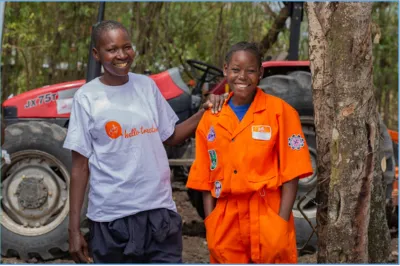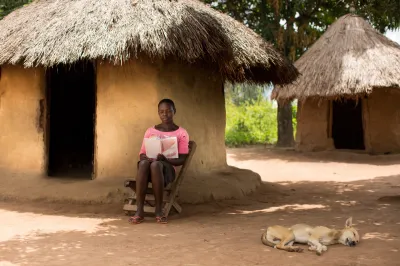Microfinance & M-banking Virtual Conference Recap
Thank you to everyone who participated in CGAP’s virtual conference over the past two days on the topic of microfinance and mobile banking, coinciding with the release of our latest Focus Note Microfinance and Mobile Banking: The Story So Far. A special thanks to our moderators for each session who shared many interesting insights from their own experiences.
In the Session 1, we discussed the question: What benefits can MFIs expect to gain by using m-banking? We wanted to know whether people thought that m-banking could help MFIs reach new customer segments, serve existing customers better, and ultimately reduce costs for MFIs and their customers. Overall, there was optimism from the participants about the potential benefits of m-banking for the microfinance industry. But people did concede that initially it may have to start with individual loan customers before extending into the groups. Likewise, m-banking may first help MFIs serve existing customers better before extending their reach to new customer segments.
In Session 2, Aleksandr-Alain Kalanda, CEO of Opportunity Bank of Malawi and Daryl Skoog, Chief Technology Officer of the Opportunity International Network moderated a discussion on the question: Should an MFI in a country without any existing m-banking infrastructure create its own m-banking system? Clearly building this system from scratch is a huge undertaking for any institution, and we wanted to hear the pros and cons from Opportunity Bank of Malawi and others who had done this themselves. On the one hand, participants argued that most MFIs don’t have the capacity, resources or expertise to establish an m-banking system. This process involves everything from a potential upgrade to the MIS, to the development of an agent network, to vast marketing campaigns, to education and training for staff and customers. This takes a huge commitment from an MFI at all levels. But on the other hand, participants recognized that sometimes there are disadvantages to simply waiting to link into an MNO-led m-banking service. An MFI’s independence will be curtailed and regulation may not even allow it.
In Session 3, David Kleiman, Managing Director, and Joep Roest, Business Development Manager, of WING along with Veasna Chumsam, Business Initiative Manager at VisionFund Cambodia (an MFI) moderated a discussion around the question: When should an MFI consider being an agent in an m-banking system? The starting off point was to acknowledge that some MFIs may not be ready to use m-banking for loan repayments and deposit transactions. Instead, serving as an agent may be a way to familiarize the MFI staff and customers to the new technology channel. MFIs can bring an instant network of cash-in/cash-out points to a mobile banking service, which is especially valuable in a country like Cambodia where there is not a strong retail presence. But MFIs will need to carefully consider how they will manage and train their staff, how they will guarantee sufficient liquidity for customer transactions, and whether the commissions will make this service a profitable one for them. Perhaps being an agent is just one step to the ultimate goal of using m-banking for microfinance transactions themselves.
This takes us to the last session of the virtual conference, Session 4, which discussed the question: Can mobile banking be used to collect loan repayments and deposits? It was moderated by George Kinyanjui, a consultant who supported SMEP, an MFI in Kenya, as they linked to M-PESA for loan repayments. The participants debated the complicated issue of whether m-banking will erode the group dynamic so fundamental to microfinance. George shed some light on how incentives were aligned so that groups kept meeting even after making their repayments via M-PESA (such as shorter meetings, better business advice, less frequent meetings). The technological link between an MFI’s MIS and the m-banking platform also raised some interesting questions. A few other MFIs in other parts of the world chimed in with their own experiences.
All of the comments from the moderators and the participants for all 4 sessions are on our blog, so you can go back and read through the discussion at any point. Thanks again for making this discussion such a rich and valuable one for all of us interested in seeing the successful intersection of microfinance and mobile banking.
Sarah Rotman




Add new comment